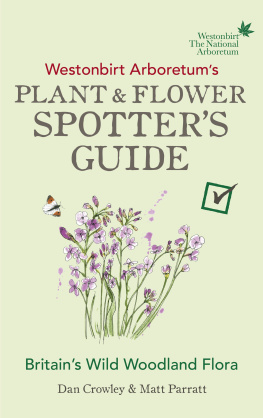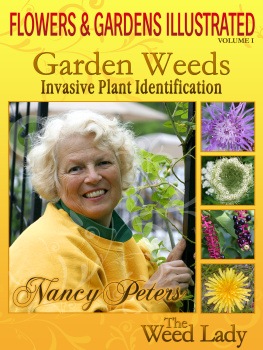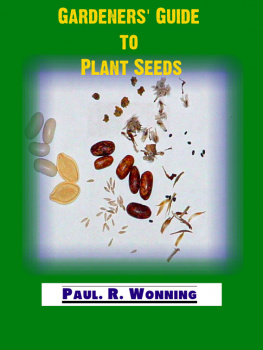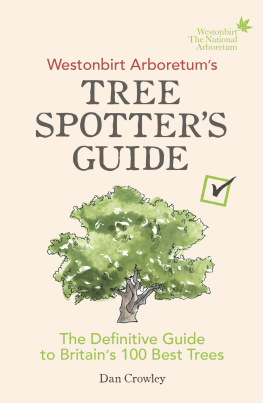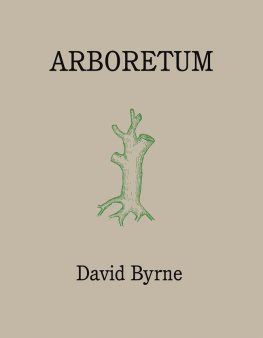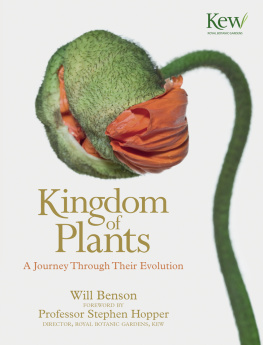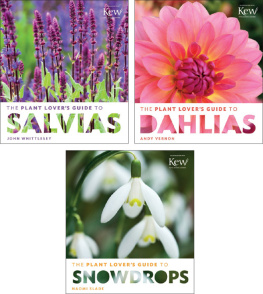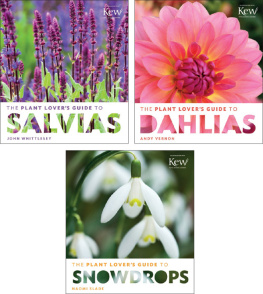
About the Book
Get back to nature with this easy to use guide to Britains greenery.
From the experts at Westonbirt Arboretum in the depths of the Cotswolds, with one of the most beautiful gardens in the world, comes this beautiful pocket guide covering 100 popular wild plants and flowers.
Categorised by type of plant, the simple layout ensures that this text is easy to use on the go. Meadow Saffron, Sweet Woodruff and Solomons Seal are just a few examples of the vibrant entries each accompanied by two beautiful images and a short description.
Illustrated with enchanting colour artwork, depicting each plant and their individual bloom or sprig, this covetable book will educate and entertain with text by two leading experts from the Arboretum and the Forestry Commission.
About the Author
Westonbirt, The National Arboretum, is located in Gloucestershire, three miles from the Cotswold market town of Tetbury. The historic, Victorian picturesque landscape is managed by the Forestry Commission and supported by the Friends of Westonbirt Arboretum.
As well as being Britains premier tree collection, the arboretum is home to a rich native flora and includes some national rarities such as the spreading bellflower.
In England, the Forestry Commission manage 1,500 woods and forests most of which are accessible to the public. www.forestryengland.uk
Contents


Introduction
Rather like a traditional wedding cake, woodland consists of distinctive layers made up of different types of plants and their associated insects, birds and mammals. From the tall trees of the upper canopy, down through the tangle of shrubs in the understorey, and finally to the wildflowers and ferns of the ground layer beneath your feet, each layer is home to plants to spot!
Whatever the woodland, whatever the weather, there are plants to enjoy all year round. Look for the white blooms of snowdrops in spring, sniff the air for the scent of honeysuckle in early summer, taste the fruits of blackberries in autumn, and listen for the crunch of beech-nut cases underfoot in the winter. Get out, explore, saturate your senses and discover the plants of our woodlands.

FERNS
Lady Fern
Athyrium filix-femina
Ferns reproduce not by seeds, but with spores that are produced in structures called sori, covered with a papery membrane. These are most often found on the underside of the fronds and their shape can help identify the species. In lady fern the sori are banana-shaped, splitting down the outside edge to release the spores. It is one of a few plants that can colonise the contaminated soils of former lead and tin mines.

Hard Fern
Blechnum spicant
When other plants have gone dormant for winter, the hard fern is still bright green. It avoids alkaline soils and is found in woodlands growing on more acidic soils. In this species the fertile spore-producing fronds look quite different from normal leaves. They look like the spine and bones of a fish, with a dusty coating of dark brown spores on the back.

Scaly Male Fern
Dryopteris affinis
A robust fern that grows in distinct clumps resembling shuttlecocks, sometimes over a metre tall! The fronds of scaly male fern are twice divided and the stalks are clothed in shaggy golden-brown scales, hence the name. As the new fronds of this and other fern species unfurl in spring they are referred to as croziers after the resemblance to a Bishops crook.

Narrow Buckler Fern
Dryopteris carthusiana
Like the scaly male fern, the stalks of each frond of narrow buckler fern are clothed in fine golden-brown scales. However, the fronds of this species are three times divided, giving a more delicate appearance.

Oak Fern
Gymnocarpium dryopteris
Despite the name, oak fern is not necessarily associated with oak trees. This is a very delicate fern with distinctive triangular, bright green fronds on a wiry black stalk. The fronds grow singly rather than in tight clumps; the plant spreads via creeping stems that are just beneath the soil surface.

Beech Fern
Phegopteris connectilis
In beech fern the first two pinnae on each frond point backwards giving it a distinctive appearance. Look closely at the central rib of each frond and youll see that it is winged along its length. The common name is misleading as the beech fern is not necessarily found near beech trees.

Harts Tongue Fern
Phyllitis scolopendrium
Harts tongue is a most un-fern-like fern, with undivided leaves. As with other ferns the species propagates via spores, and in the harts tongue fern they form in dark, parallel lines on the back of the leaves. Favouring alkaline soils, it is common in woodland over chalk or limestone where it can form large clumps. The name comes from the supposed similarity between the leaf shape and the tongue of a hart, a red deer stag.

Common Polypody
Polypodium vulgare
While most ferns grow only on the ground, common polypody is often found growing on trees in woodland where the air is more humid. The name is derived from the Latin for many feet, a reference to the creeping shaggy stems. The spores of common polypody are bright yellow-orange, until they ripen to dark brown, and form small clusters on the underside of the fronds.

Soft Shield Fern
Polystichum setiferum
Like other ferns, the spores of shield ferns form on the underside of fronds. But unlike others, the papery membrane that covers them is circular, like a Viking shield. The smallest division of each frond looks like a mitten, the thumb pointing towards the frond tip.
 Next page
Next page
